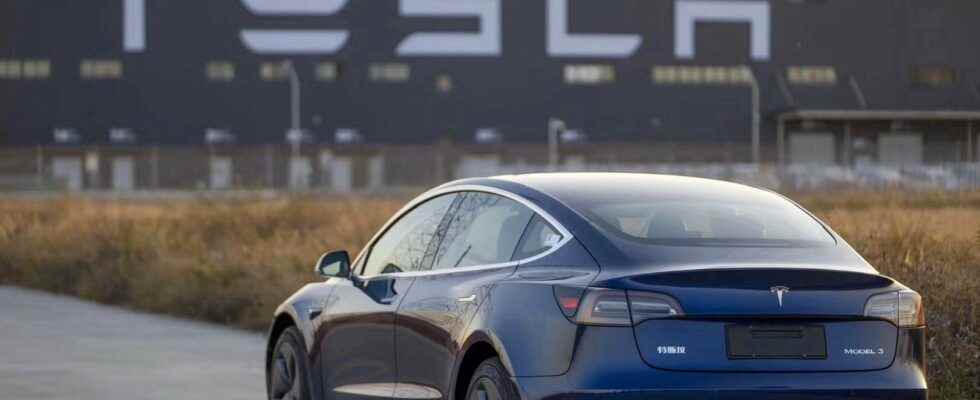While there is talk of authorizing hands-free driving in France, a study has somewhat cooled the confidence that driving assistance systems can inspire.
The American Automobile Association (AAA) reviewed three software programs: Highway Driving Assist on a 2021 Hyundai Sante Fe model, EyeSight on a 2021 Subaru Foster, and finally, Autopilot on a 2020 Tesla Model 3. reach level 2 of self-driving car development. Or the stage of semi-automatic driving. The machine can accelerate, brake and even steer the steering wheel. But under the supervision of the driver.
A cyclist hit five times out of 15 when he crosses
Several scenarios were examined. Behind slow cars or cyclists in the same lane, no problem. Obstacles have been detected and the speed slowed accordingly. In contrast, in emergency situations, the results were more alarming.
All test vehicles collided at some point during “extreme cases”, such as a car approaching from the front or a cyclist crossing in front of them. The cyclist was even hit five times out of 15. And yet the speeds observed for frontal impacts were rather slow: 15 km/h for the systems tested and 40 km/h for the others. Well below traffic on national roads or motorways.
Also see video:
However, the marketing discourse of brands encourages consumers to have absolute confidence in these systems.
“Drivers tell us they expect their current driver assistance technology to work safely all the time. But, unfortunately, our tests show that uneven performance is the norm rather than the exception.”said AAA Director of Automotive Engineering Greg Brannon.
A survey carried out by this same association in 2018 concluded that 40% of consumers believed that they enabled autonomous driving. Driver assistance software should not be viewed as a true self-driving system. Driver monitoring must not slacken when they are active.
Source : AAA
